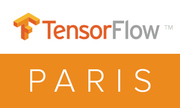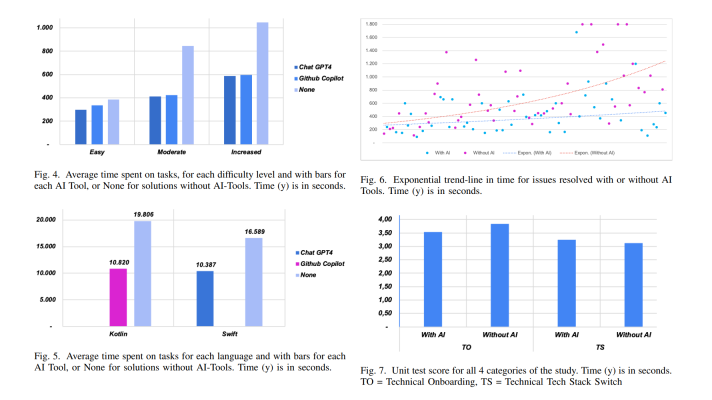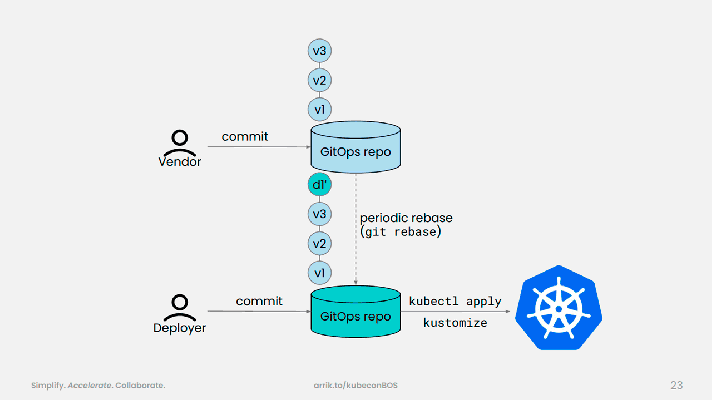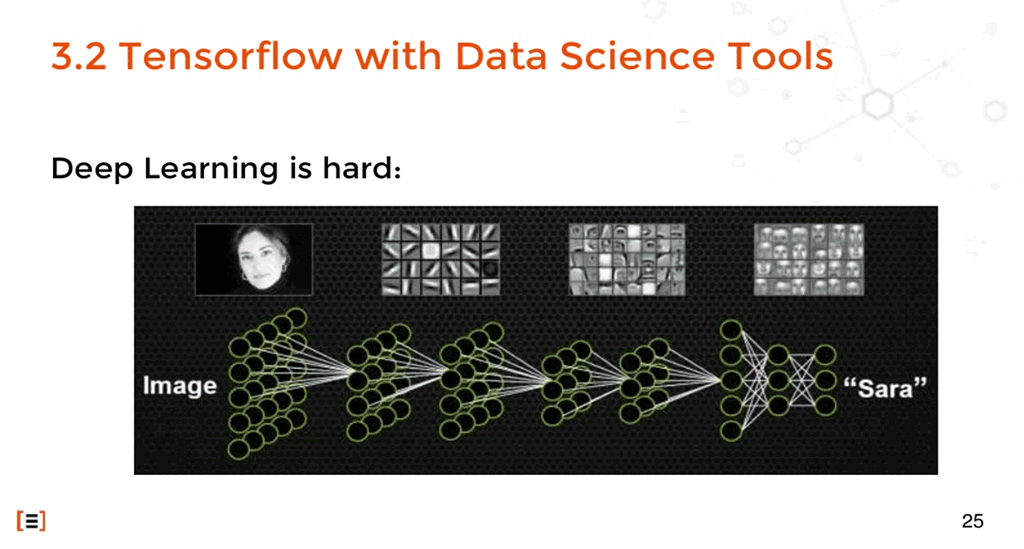TensorFlow in the Big Data Context
Learn how deep learning libraries compare to each other, what distributed TensorFlow is, and how a graphics processing unit can accelerate model training. Register to view the contents

TensorFlow is not the only machine learning library on the list, but it is gaining popularity by days. Below are the videos from Paris TensorFlow meetup—organized and sponsored by Altoros on March 23, 2016.
What makes TensorFlow different?
In her session, Jiqiong Qiu of SFEIR outlined the difference between academic research and an industry application, touched upon TensorFlow’s key features and how the tool stands out in a crowd, comparing the solution to other deep learning libraries. She also talked about distributed TensorFlow and Spark and demonstrated how GPU and multi-GPU accelerate model training in comparison to CPU.
You can find more details in Jiqiong’s full slides below.
TensorFlow overview
Romain Jouin of Mémorandum took a glimpse at TensorFlow, talking about its under-the-hood mechanisms, functionality, APIs, etc.
Join our group to stay informed about the upcoming events!
Further reading
About the speakers
Jiqiong Qiu is Data Scientist at SFEIR. She holds a master’s degree in engineering and bioinformatics, as well as a PhD in data science. Jiqiong has experience in analyzing IoT data to detect abnormal behavior of domestic animals and working on a remote diagnostic system for skin diseases. Her current job is mainly focused on training deep neural networks using TensorFlow.
Romain Jouin is Senior Data Scientist at Mémorandum. He graduated from the University of Rouen with a master’s degree in computer science, as well as studied machine learning and data science at Télécom Paris. Romain has experience of working as Business Developer at Alcatel-Lucent and Toshiba. He currently specializes in big data and is focused on helping companies with data optimization. Sophia Turol is passionate about delivering well-structured articles that cater for picky technical audience. With 3+ years in technical writing and 5+ years in editorship, she enjoys collaboration with developers to create insightful, yet intelligible technical tutorials, overviews, and case studies. Sophie is enthusiastic about deep learning solutions—TensorFlow in particular—and PaaS systems, such as Cloud Foundry.
Read More
1493
Generative AI for SDLC: Top Areas for a CTO/VPE to Pay Attention ...
Read More
3001
Osaka University Cuts Power Consumption by 13% with Kubernetes and ...
Read More
2093
Shell Builds 10,000 AI Models on Kubernetes in Less than a ...












